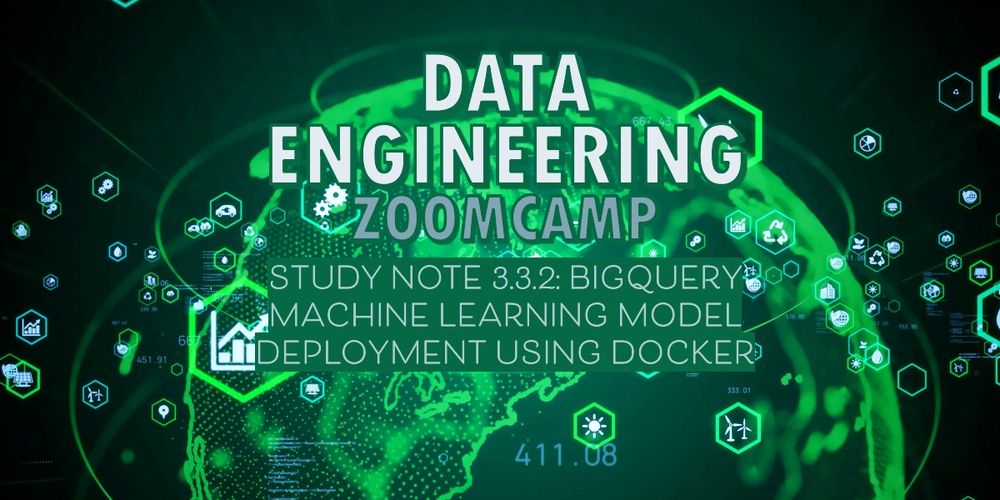Exploring AI-Powered Edge Computing for Smart Cities
Introduction: Smart cities are rapidly evolving with the advancements in technology; one of the latest innovations being Artificial Intelligence (AI) powered edge computing. This cutting-edge technology combines AI and edge computing to enhance the efficiency and effectiveness of smart cities. Edge computing involves processing and storing data closer to its source, while AI enables machines to learn and self-improve, making them more efficient and autonomous. This combination has the potential to revolutionize the functioning of smart cities by providing real-time data analysis and decision-making capabilities. Advantages: The use of AI-powered edge computing in smart cities has numerous advantages. Firstly, it enables quick and accurate data analysis, allowing cities to make informed decisions in real-time. This can lead to improved resource management, efficient traffic flow, and better disaster response. Secondly, with the processing of data closer to its source, there is reduced latency, resulting in faster response times. Additionally, AI-powered edge computing can provide cost and energy savings as data is processed locally, reducing the need for cloud computing. Disadvantages: Despite its potential, AI-powered edge computing also has some drawbacks. One of the main concerns is the security of data. With data being processed and stored locally, it becomes vulnerable to cyber-attacks. This requires robust security measures to be in place to ensure the protection of sensitive information. Another disadvantage is the initial high cost of implementing this technology. It requires advanced infrastructure and skilled personnel, making it expensive for some cities to adopt. Features: The features of AI-powered edge computing make it an ideal choice for smart cities. Firstly, it allows for predictive maintenance, where machines can detect and resolve issues before they occur. This can lead to cost savings and prevent downtime. Secondly, it enables intelligent data filtering, where only relevant data is stored and transmitted, reducing the overall load on the system. Moreover, AI-powered edge computing can be integrated with other technologies such as the Internet of Things (IoT) to create a network of interconnected devices. Conclusion: In conclusion, the convergence of AI and edge computing has opened up endless possibilities for smart cities to operate more efficiently. With its ability to process and analyze data in real-time, the potential for enhancing the quality of life for citizens is immense. However, it is essential to address the concerns regarding security and high initial costs before implementing this technology. Overall, the exploration of AI-powered edge computing is a step in the right direction towards achieving the goal of creating sustainable and intelligent smart cities.

Introduction:
Smart cities are rapidly evolving with the advancements in technology; one of the latest innovations being Artificial Intelligence (AI) powered edge computing. This cutting-edge technology combines AI and edge computing to enhance the efficiency and effectiveness of smart cities. Edge computing involves processing and storing data closer to its source, while AI enables machines to learn and self-improve, making them more efficient and autonomous. This combination has the potential to revolutionize the functioning of smart cities by providing real-time data analysis and decision-making capabilities.
Advantages:
The use of AI-powered edge computing in smart cities has numerous advantages. Firstly, it enables quick and accurate data analysis, allowing cities to make informed decisions in real-time. This can lead to improved resource management, efficient traffic flow, and better disaster response. Secondly, with the processing of data closer to its source, there is reduced latency, resulting in faster response times. Additionally, AI-powered edge computing can provide cost and energy savings as data is processed locally, reducing the need for cloud computing.
Disadvantages:
Despite its potential, AI-powered edge computing also has some drawbacks. One of the main concerns is the security of data. With data being processed and stored locally, it becomes vulnerable to cyber-attacks. This requires robust security measures to be in place to ensure the protection of sensitive information. Another disadvantage is the initial high cost of implementing this technology. It requires advanced infrastructure and skilled personnel, making it expensive for some cities to adopt.
Features:
The features of AI-powered edge computing make it an ideal choice for smart cities. Firstly, it allows for predictive maintenance, where machines can detect and resolve issues before they occur. This can lead to cost savings and prevent downtime. Secondly, it enables intelligent data filtering, where only relevant data is stored and transmitted, reducing the overall load on the system. Moreover, AI-powered edge computing can be integrated with other technologies such as the Internet of Things (IoT) to create a network of interconnected devices.
Conclusion:
In conclusion, the convergence of AI and edge computing has opened up endless possibilities for smart cities to operate more efficiently. With its ability to process and analyze data in real-time, the potential for enhancing the quality of life for citizens is immense. However, it is essential to address the concerns regarding security and high initial costs before implementing this technology. Overall, the exploration of AI-powered edge computing is a step in the right direction towards achieving the goal of creating sustainable and intelligent smart cities.










































































































































































![[The AI Show Episode 143]: ChatGPT Revenue Surge, New AGI Timelines, Amazon’s AI Agent, Claude for Education, Model Context Protocol & LLMs Pass the Turing Test](https://www.marketingaiinstitute.com/hubfs/ep%20143%20cover.png)





























































































































![From Accountant to Data Engineer with Alyson La [Podcast #168]](https://cdn.hashnode.com/res/hashnode/image/upload/v1744420903260/fae4b593-d653-41eb-b70b-031591aa2f35.png?#)





































































































.png?#)
















































































































































![Apple Watch SE 2 On Sale for Just $169.97 [Deal]](https://www.iclarified.com/images/news/96996/96996/96996-640.jpg)

![Apple Posts Full First Episode of 'Your Friends & Neighbors' on YouTube [Video]](https://www.iclarified.com/images/news/96990/96990/96990-640.jpg)































































































































